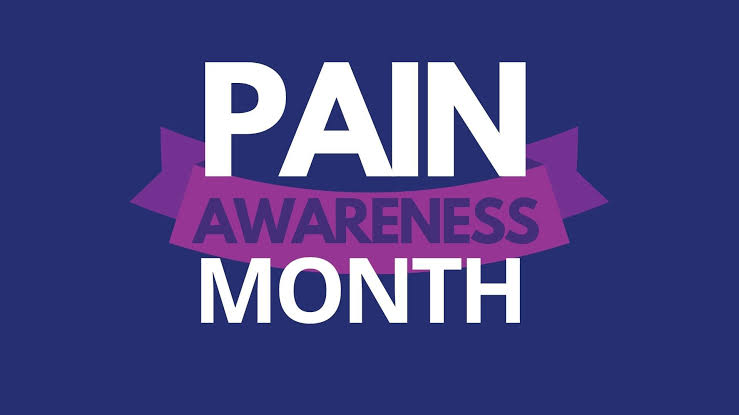Midway through the observance of Pain Awareness Month,Dr.Harsha Singh
Palliative Care Consultant,Coimbatore Cancer Foundation,PSG Hospitals points out in a release that not many are aware that pain is a,â€disease entity in its own rightâ€.He adds that it has even been accorded its due taxonomical place in the international classification of diseases,which was presented in the World Health Assembly in May 2019.It will come into effect on January 1,2022.
Quoting John Dryden,an English Literary critic of the 1600s,he said “for all the happiness mankind can gain,it is not in pleasure,but in rest from pain.

It has been 16 years since “Pain Management as a fundamental human right†was adopted as a central theme by the International Association
for the study of pain and global health community stated that “failure to treat pain is viewed worldwide as poor medicine, unethical practice and an abrogation of a fundamental human rightâ€.
Chronic pain is indeed a complex phenomenon. It is time that we stop viewing chronic pain as merely an accompanying symptom.
However, chronic pain is not only limited to low back pain, or muscular skeletal pain but also becomes a part of lives of most of the people suffering from other non-communicable or chronic disease such as diabetes, rheumatic disorders, peripheral vascular disease, cancer and HIV/AIDS among many others. Therefore, the correct estimates of the overall effect of pain on people would be far more than can ever be estimated.
According to a recent editorial in Lancet series, thinking on chronic pain needs to be reset. For clinicians a strong therapeutic alliance is critical to help patients understand their pain shift expectation and set realistic, individualized goals that priorities function and quality of life rather than complete pain relief. Patient needs reassurance that they will be believed, respected and supported and not blamed if a treatment does not work. Language is a powerful tool to enable and encourage.
As the global burden of disease has shifted focus from mortality alone to years lived with disability (YLDs) low back pain and migraine have remained as top two cause of disability globally in 1990 and in 2017 as well in both Male and Females. This represents poor actions or responses taken to improve these conditions globally. The percentage increase in counts from 1990 to 2017 for YLDs due to muscular skeletal disorder (rheumatoid leg pain, neck pain, gout and others) is 38.4%. When the economically active members become disabled, the family livelihood is compromised further pushing them to poverty and decreasing the opportunities for treatment.
Pain not only causes physical discomfort but also impairs a person’s capacity as a social being. The basic and essential part of being human as eating and sleeping are professionally affected by pain and as it becomes more chronic the psychological, spiritual and social aspects are affected equally as the physical aspect both in assessment and management. It has a huge social and economic impact on society at large.
Changes of focus from the biomedical aspect of pain to the bio psychological aspect which focuses on the concept of total pain and quality of life presenting strategies should be implanted at primary (avoid trauma, risk factors and increase presenting factors) secondary (treating acute pain) and tertiary (rehabilitation and psychological management) education for awareness and treatment of pain with nationwide and worldwide events.
